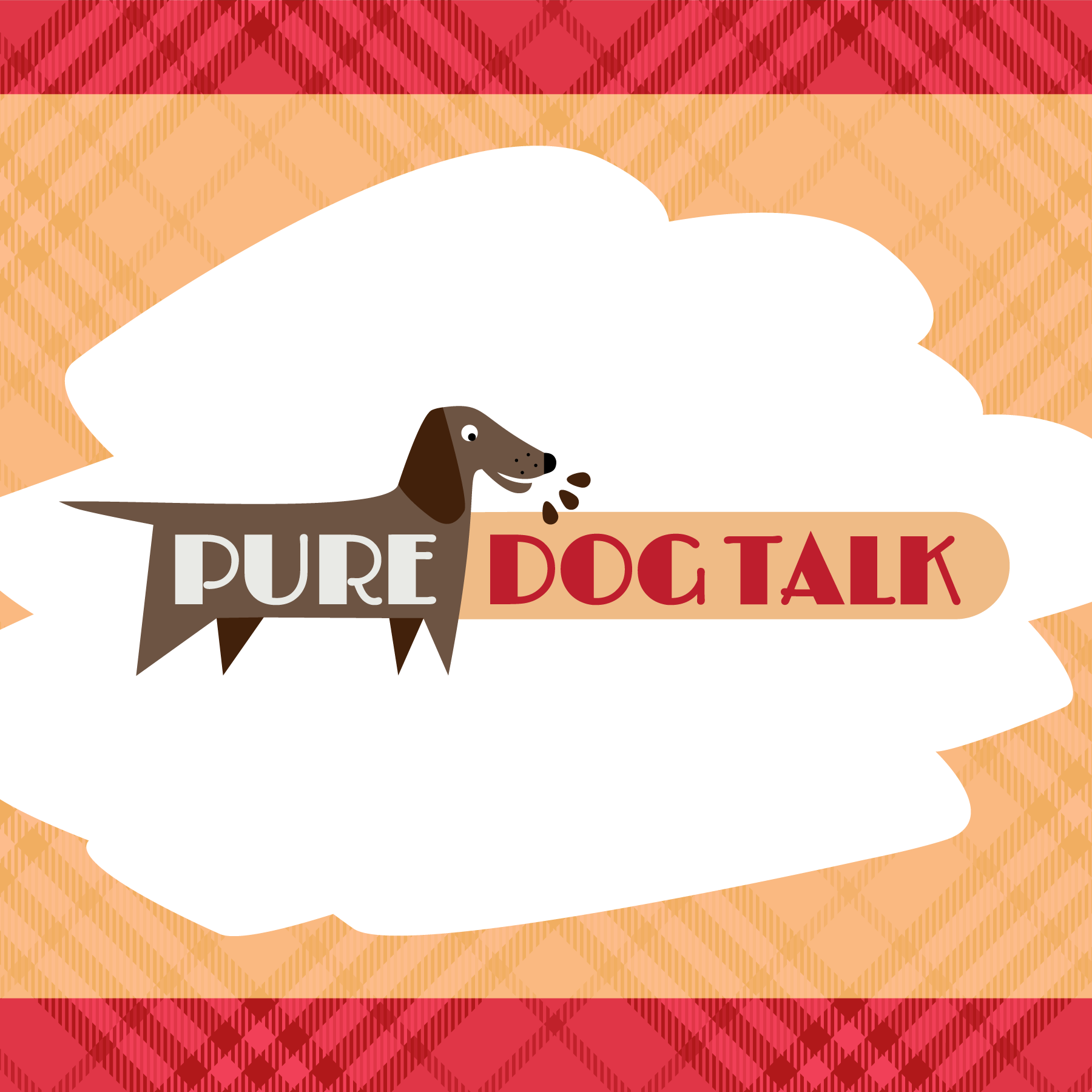| Struvite or magnesium ammonium phosphate hexahydrate. Usually located in bladder but can be in renal pelvis. This is the most common stone in dogs at an incidence of 53%. |
More common in female than male dogs, usually young dogs. Frequently multiple. Secondary to undermanaged bacterial bladder infection incl most commonly Staphylococcus spp., but less commonly seen urease-producing bacteria include Proteus spp. or Enterococcus spp. Rarely Escherichia coli, Pseudomonas spp.,
Klebsiellaspp., Corynebacterium urealyticum, or Ureaplasma/Mycoplasma spp. May have a genetic component.
Breeds:
American cocker spaniel
Bernese Mountain dog
Bichon frise
Dachshund
Golden retriever
Lhasa apso
Miniature poodle
Miniature schnauzer
Pekingese
Poodle
Rottweiler
Saint Bernard
Shih tzu |
1. Find and manage cause of recurrent bacterial bladder infection.
2. Preventive diets lower in protein, phosphorus and magnesium including: Royal Canin® Veterinary Diet Urinary SO, Hill’s Prescription Diet c/d™, Hill’s Prescription Diet w/d™, and Purina Pro Plan Veterinary Diets UR Urinary St/Ox.
3. Increased water intake
4. Weekly monitoring of urine pH and intervention if pH rises.
5. Periodic imaging for early detection of recurrence. |
1. Dissolution diet combined with appropriate long-term antibiotics. May be dissolved medically unless obstructed.
2. Acidifiers such as D,L-methionine combined with appropriate long-term antibiotics.
3. Surgical removal or Cystoscopic retrieval
4. Physical removal. |
| Calcium oxalate or calcium oxalate combined stones. Usually in the bladder but can be in the renal pelvis. 2nd most common bladder stone seen in dogs. |
More common in males, middle aged.
Patients who have increased urinary excretion of calcium /or oxalate.
May include Cushing’s disease, primary hyperparathyroidism, or cancer causing elevated calcium levels.
Obesity.
Steroid administration.
Genetic predisposition.
Bichon frise
Cairn terrier
Chihuahua
Lhasa apso
Maltese
Miniature poodle
Miniature schnauzer
Pomeranian
Shih tzu
Yorkshire terrier |
Calcium oxalate uroliths recur 8-9% after 6 months, 35-36% after one year, and approximately 50% after 3 years.
1.Diet Royal Canin® Veterinary Diet Urinary S/O Lower Urinary Tract Support, Purina Pro Plan Veterinary Diets UR Urinary St/Ox™, Hill’s Prescription Diet w/d™, and Hill’s Prescription Diet u/d™.
2.Potassium citrate orally.
3.Thiazide diuretics.
4.Vitamin B6 |
There is no known way to dissolve this stone type so must be physically removed. |
| Cystine |
More common in males, young to middle aged.
Occurs secondary to cystinuria, which is caused by increased levels of cystine excreted into urine. Uncommon. Inherited mutation of SLC3A1 gene, which leads to defective amino acid transport, described in the Newfoundland, Labrador retriever, and in the cat. Missense mutation in SLC7A9 is another cause of cystinuria in the dog. Androgen-dependent cystinuria has been described in dogs. Genetic Test: DNA testing for genetic traits is available at vetGen, Penn Gen, Paw Print Genetics, DDC, Animal Genetics, and UC Davis Veterinary Genetics Laboratory in the USA, as well as Animal Genetics-UK, Laboklin, and Animal DNA Diagnostics in Europe.
Breeds:
American pit bull terrier
Australian cattle dog
Bullmastiff
Chihuahua
Dachshund
English bulldog
French bulldog
Labrador retriever
Landseer
Mastiff, English
Miniature pinscher
Newfoundland
Rottweiler
Scottish terrier
South African boerboel
Staffordshire terrier, American/bull |
1. Feed protein-restricted, low-sodium diet.
2. Potassium citrate to maintain alkaline urine.
3. Some patients may also require 2-MPG therapy.
4. Do not breed affected dogs, their parents, or any other offspring.
5. For breeds with androgen-dependent cystinuria, castration can help in controlling cystinuria. |
1. Low protein, low sodium, alkalizing diet: Hill’s Prescription Diet u/d™ and Royal Canin® Veterinary Diet UC Low Purine
2. Potassium citrate to alkalinize urine with a pH goal of 7.2 to 7.5 and dilute urine.
3.Physical removal. |
| Xanthine incidence 0.5 to 1% incidence of bladder stones in dogs |
An uncommon type of purine urolith.
Adults 2 to 6 years of age. No sex predilection.
Causes:
Allopurinol administration
Diet
Idiopathic, unknown
Genetic, hereditary:
Cavalier King Charles spaniel
Dachshund
English cocker spaniel
Manchester terrier |
Purine-restricted, alkalinizing, diuretic diet helps prevent xanthine recurrence including renal failure diets or ultra-low protein diets with low purine levels (Hill’s Prescription Diet u/d™ or Royal Canin® Veterinary Diet Vegetarian) may help. Add water to food to keep urine dilute. Use potassium citrate may be needed to keep urine pH alkaline. |
Will not dissolve. Must be physically removed.
Stop allopurinol treatment if possible. |
| Silica incidence 0.9% of canine bladder stones |
Incidence world-wide seems regional. Primarily male dogs. Usually 6 to 8 years of age.
May be genetic with German Shepherds, Labradors, Golden Retrievers and Old English Sheepdogs being over-represented.
Cause unknown.
|
Monitor with urine testing and imaging to check for recurrence. May help to feed more animal protein and less vegetable protein to reduce recurrence. Feeding diets higher in animal protein and lower in plant-based proteins (such as soybean, rice, corn gluten feed, oat-based cereals) may be beneficial. Increasing water intake may help decrease silica concentration in urine. Do not allow patients to eat grasses and soils with higher silica content. |
No dissolution therapy known.
Must be physically removed. |
| Calcium phosphate - incidence 1 to 2% of canine bladder stones |
Brushite more common in males.
Breeds predisposed include
Shih tzu
Lhasa apso
Miniature Schnauzer
Yorkshire terrier
Miniature poodle
Pomeranian
Bichon frise
American Cocker Spaniel |
Identify and treat the underlying cause such as primary hyperparathyroidism or Cushing’s diease (hyperadrenocorticism). Keeping urine pH of 6.5-7.5 and urine dilute helps reduce risk of recurrence. Ideal preventive diet is unknown; diets aimed at preventing calcium oxalate uroliths are reasonable options. |
Associated with primary hyperparathyroidism or Cushing’s disease (hyperadrenocorticism). These also may occur as part of stones that are largely composed of struvite or calcium oxalate. Associated with alkaline pH. |
| Urate incidence 5 to 8% of canine bladder stones |
Either sex, usually young dogs. Uric acid and its various salts. Associated with liver disease, hepatic dysfunction, portosystemic shunts, inherited, or less commonly, caused by urinary tract infections (UTI) with urease-producing bacteria.
Genetic mutation in the SLC2A9 gene:
Australian shepherd
Black Russian terrier
Dalmatian
English bulldog
Miniature schnauzer
New Zealand huntaway
Parson Russell terrier
Shih tzu
Spanish water dog
Yorkshire terrier |
Frequently recurrent at rates of 33 to 50%.
Annual or biannual imaging with ultrasound or x-rays to monitor. |
1. Dietary therapy with low purine diets (eggs, dairy and vegetable protein) - may be dissolved medically unless obstructed: Hill’s Prescription Diet u/d™, Royal Canin® Veterinary Diet Canine Vegetarian, and Royal Canin® Veterinary Diet Urinary UC Low Purine.
2. Potassium citrate at 50-150 mg/kg PO q 12 hrs or sodium bicarbonate at 25-50 mg/kg PO q 12 hrs may be used. Avoid pH above 7.5
3. Allopurinol
4. Physical removal
5. Managing underlying liver disease. |
| Combination stones |
Any combination of the above stones can occur. The largest % component is reported when there are several mineral components to the stone. |
Based on analysis |
Based on analysis |
| Dried solidified blood |
Cats only |
|
|



